Friction
The surface, if a solid is never perfectly smooth, consequently whenever a body slides over another, there is a sort of resistance to its motion. Hence if two bodies be in contact with each other and if we try to drag one of them over the other, a force is set up at the surface of the contact, tending to resist the motion. This is called the force of friction between the surfaces in contact.
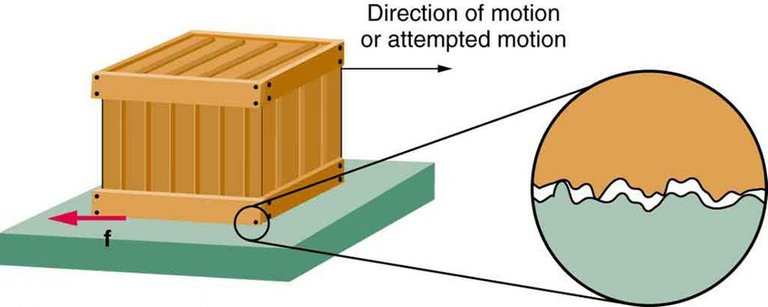
Credit
The friction is due to the roughness of the material surfaces in contact. So if the surface be perfectly smooth there is no force of friction to oppose the motion. The force of friction always acts parallel to the surfaces in contact and opposite to the direction of motion. Friction is a special property of solids. When a liquid or gaseous mass flows, there is something like frictional resistance between its various layers. This peculiar type of friction within a fluid medium is called its viscosity.
Let a solid body remains at rest on a horizontal surface. The forces acting on the body are
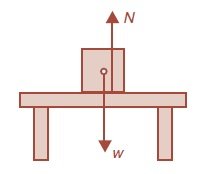
Credit
(i) its weight acting downwards
(ii) The reaction of the surface vertically upwards.
In the state of rest the upward reaction balances the weight. If now small force be applied to the body parallel to the surface. If this body is still at rest, it is in equilibrium under the action of the multiple forces. The reaction of the surface is balancing the weight and external force is balanced by the frictional force. As external force is increased, frictional force also increases. It is found that so long as external force does not exceed a certain limit, there is no motion, frictional force being thus always equal to external force.

Credit
The resistance i.e., frictional force is thus brought into play by the external force in a direction opposite to that of the latter is a self adjusting force and so long as the body is at rest. The force is equal to the pulling force. Although frictional force is a self adjusting force, it does not however increases indefinitely with the external force.
Thus if the external force is gradually increased, the force of friction reaches a maximum or limiting value which depends on the nature of the surfaces in contact and the magnitude of the normal reaction between them.
The body is now on the point of sliding and the friction then exerted is called limiting friction between the two surfaces under the given normal force, if the external force be increased further, the equilibrium will be lost and the body begins to move. The friction is said to be sliding or rolling friction according as one body slides or rolls over the other.
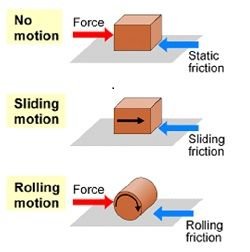
Credit
Sliding friction is slightly less than the limiting friction, for equilibrium limiting friction and the normal reactional force be compounded into a resultant single force, the angle which this resultant makes with the normal to the surface is called angle of friction and the single force called the resultant reaction.
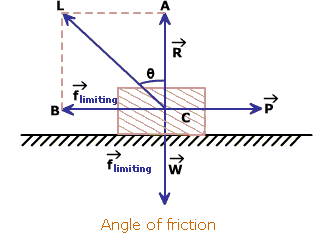
Credit
Friction plays a vital role in our daily life. Without friction we cannot walk, fix nails in the wall etc. Belts cling to the pulleys, drive the machinery because of friction.
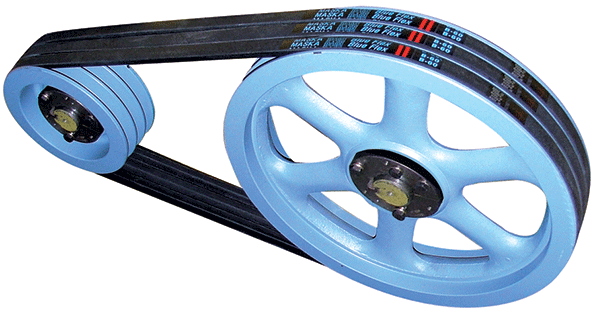
Credit
Friction has both advantages as well as disadvantages. Sometimes we have to increase the friction e.g, sand is thrown on the uphill railway lines after rain. Similarly when the brakes of a moving car are applied, its brake shoe come in contact with the moving wheels causing an increase in friction and thus resulting in the stoppage of the car.
Figure shows the cross section if the collar bearing in which the axle of the revolving part is loosely fitted in the socket so as to be able to rotate. The space between the two is well lubricated. Since rolling friction is less than the sliding friction, heavy pieces of furniture are provided with wheels at the back, which can rotate in differen verticle plane.
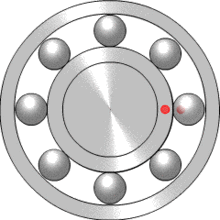
Credit
In bicycles ets, the sliding friction is replaced by rolling friction with ball bearings arrangement in which a number of hard steel balls are replaced loosely in a metal case round the axle. Figure shows a ball bearing arrangement in which the axle is very free to move.
When one body is at rest in contact with another, the friction between them is said to be static. When it is just on the point of sliding over the other, the friction is said to be limiting and when one body is actually sliding over the other, the friction is termed kinetic or dynamic.
Fluid friction
So far we were dealing with friction between two solids, what about friction in fluids? Bodies moving through fluids i.e., liquids and gases, experience aretarding force which is known as fluid friction or viscous drag. This is used in designing ships, aircrafts and other vehicles. In order to achieve a design in which the energy wasting effects of the drag are reduced to a minimum, calculations are made and smalk scales models are constructed which are tested in water tanks and wind tunnels.
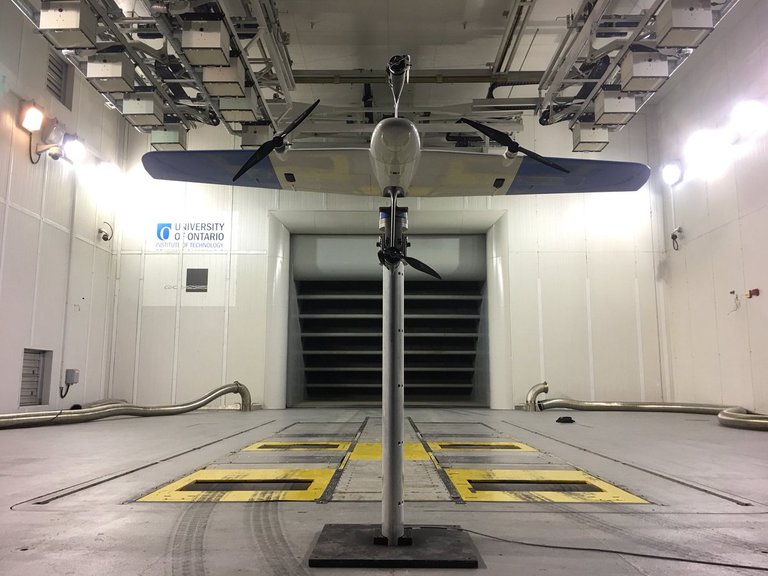 Credit
CreditStokes studied the effect of viscous drag in small spheres falling through a liquid. He found that unlike bodies falling in vacuum which move with the acceleration due to gravity these spheres were found to be moving with constant velocity.
Besides this there are two other forces acting on the sphere and they are
(i) The weight of the body
(ii) The upthrust force of the fluid
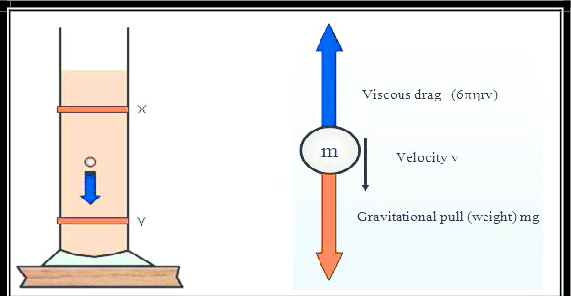
Credit
The net force of these forces is a resultant force of magnitude which is the difference of weight of the body and the upthrust force, this resultant acts downward . At constant temperature thus resultant force is constant, while drag force increases.
If a small metal sphere is allowed to fall through a liquid, it is firstbp accelerated so that the value of drag force increases. The stage will come when weight of the body is balanced by upthrust force and the sphere will start moving with uniform velocity known as terminal velocity.
A parachutist when jumps from the plane it starts falling freely towards the earth with aceeleration 9.8 m/s2 but as it continue to fall down drag force increases, the time will come when it starts moving with constant velocity i.e terminal velocity. When parachutist opens its parachute, its starts decelerating because its surface area increases i.e drag force increases but at some time equilibrium is again achieved and it again starts to move with another terminal velocity which will be less than previous terminal velocity.
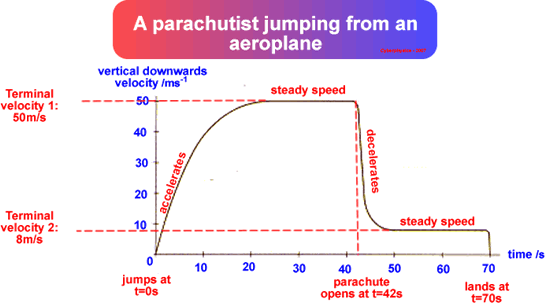
Credit
Reference:
https://en.m.wikipedia.org/wiki/Friction